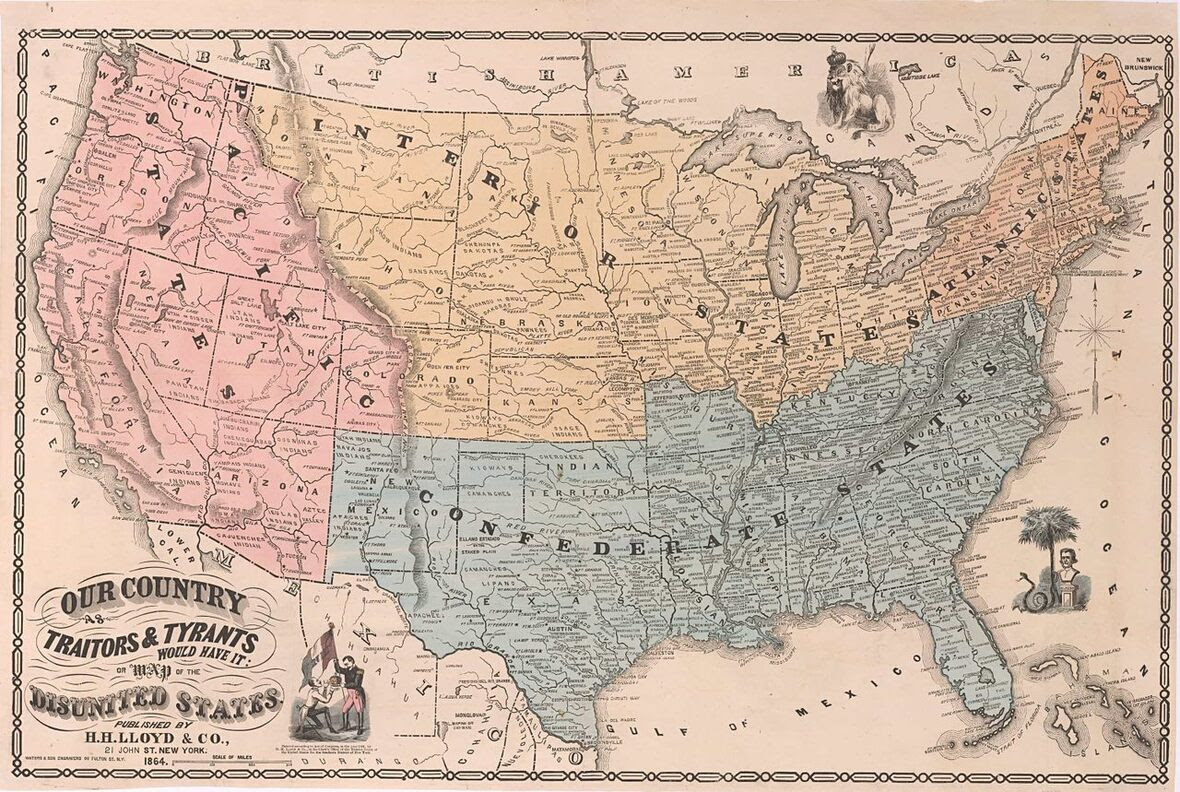
13 Aug Heritage- Newsletter- August 9, 2023
Contents
- 1 CONTINUING WITH THE HERITAGE OF THE SIGNERS OF THE DECLARATION AND THE CONSTITUTION
- 2 HERITAGE- WHAT TYPE OF RIFLE DID LEWIS AND CLARK USE?
- 3 HERITAGE- A 1949 SCENE FROM A COLLEGE PRODUCTION AND BELOW ARTICLES FROM 1919 STRIKES
- 4 HERITAGE- WE SAW THE BOOK OF MORMON LAST WEEKEND
- 5 GENEALOGISTS ARE THANKFUL THAT THE LDS CHURCH BELIEVES IN BAPTIZING YOUR ANCESTORS SO YOU CAN KNOW YOUR HERITAGE
- 6 HERITAGE- WHICH PRESIDENT HAD A POWERFUL SON-IN-LAW?
- 7 WHAT ABOUT YOUR ANCESTORS? LEARN ABOUT YOUR HERITAGE
 CONTINUING WITH THE HERITAGE OF THE SIGNERS OF THE DECLARATION AND THE CONSTITUTION
CONTINUING WITH THE HERITAGE OF THE SIGNERS OF THE DECLARATION AND THE CONSTITUTION
Roger Sherman (April 19, 1721 – July 23, 1793) was an early American statesman, lawyer, and Founding Father of the United States. He is the only person to sign all four great state papers of the United States: the Continental Association, the Declaration of Independence, the Articles of Confederation, and the Constitution. He also signed the 1774 Petition to the King.
Born in Newton, Massachusetts, Sherman established a legal career in Litchfield County, Connecticut, despite a lack of formal education. After a period in the Connecticut House of Representatives, he served as a justice of the Superior Court of Connecticut from 1766 to 1789. He represented Connecticut at the Continental Congress and was a member of the Committee of Five that drafted the Declaration of Independence.
Sherman was a delegate to the 1787 Philadelphia Convention, which produced the United States Constitution. After Benjamin Franklin, he was the second oldest delegate present at the convention. Sherman favored granting the federal government power to raise revenue and regulate commerce but initially opposed efforts to supplant the Articles of Confederation with a new constitution. After supporting the establishment of a new constitution, Sherman became a key delegate and leading opponent of James Madison’s Virginia Plan by introducing the Connecticut Compromise, which won the approval of the more and less populous states.
After the ratification of the Constitution, Sherman represented Connecticut in the United States House of Representatives from 1789 to 1791. He served in the United States Senate from 1791 to his death in 1793.
For the story on previous founding fathers see:
https://gem.godaddy.com/p/aceae61/preview
 HERITAGE- WHAT TYPE OF RIFLE DID LEWIS AND CLARK USE?
HERITAGE- WHAT TYPE OF RIFLE DID LEWIS AND CLARK USE?
I told a friend who is a gunsmith that I got to shoot a 375 bear rifle in Alaska. He said that was what Lewis and Clark used. Of course, I had to know more.
The earliest example of a mechanical air gun dates back to 1580 and is currently on display at the Livrustkammaren Museum in Stockholm, Sweden.
The Girardoni air rifle was designed by Italian inventor Bartolomeo Girardoni circa 1779. The weapon was also known as the Windbüchse (“wind rifle” in German). One of the rifle’s more famous associations is its use on the Lewis and Clark Expedition to explore and map the Louisiana Purchase of 1803.
The Girardoni air rifle was in service with the Austrian army from 1780 to around 1815. Many references to the Girardoni air rifles mention lethal combat ranges of 125 to 150 yards, and some extend that range considerably. The advantages of a high rate of fire, no smoke from propellants, and low muzzle report granted it acceptance. It did have problems and was eventually removed from service for several reasons, decades after its introduction. A version was also sold to civilians after being removed from military service. While the detachable air reservoir could take around 30 shots, it took nearly 1,500 strokes of a hand pump to fill those reservoirs. Later, a wagon-mounted pump was provided. The reservoirs, made from hammered sheet iron held together with rivets and sealed by brazing, proved very difficult to manufacture using the techniques of the period and were always in short supply.
In addition, the weapon was very delicate, and a small break in the reservoir could make it inoperable. It was also very different from any other weapon of the time, requiring extensive training.
In 1804, Meriwether Lewis wrote that he had purchased an air gun but did not allude to where or from whom he bought it. Historians have debated between two possibilities surrounding the origin story of the Lewis and Clark air rifle: the first possibility is that the gun was made in America and later sold to Lewis. The other possibility is that the weapon was a Girandoni air rifle made in Europe and somehow brought to America.
Initially, historians and researchers concluded that Lewis bought the air rifle from Isaiah Lukens of Philadelphia.
In 1846, 40 years after Lewis and Clark returned from their expedition, an auctioneer’s pamphlet advertised the sale of Isaiah Lukens’ possessions. This pamphlet included several air guns and air canes and “one large air gun made for and used by Messrs Lewis & Clark in their exploding expeditions. A great curiosity.”
It should be noted, however, that this pamphlet never states that Lukens made the rifle himself. Furthermore, in 2002, gun historian Michael Carrick determined that Isaiah Lukens was not known to have been in business in Philadelphia before 1814. 1803, when Lewis purchased the air gun, Isaiah Lukens was still an apprentice to his father in a small town (Horsham Township) located 15 miles north of Philadelphia.
Historians now believe Lewis took a Girandoni Air Rifle from Europe on his expedition. An Austrian government report from January 20, 1801, states that 399 air guns had been lost in battle, meaning there was an increased possibility of higher circulation of air guns in Europe and America. Furthermore, although there are no descriptions of the air gun provided by Lewis, other eyewitness descriptions of the gun seem to have major similarities to the Girandoni air rifle.
Lewis did not see his air rifle as a weapon; rather, he saw it as a way to impress the various Native American groups they would likely encounter on their journey. The Lewis and Clark air gun is mentioned at least 39 times in journals written during the expedition.
When the men involved with the Lewis and Clark expedition encountered a Native American tribe, they did their best to impress them through pomp and ceremony. Lewis and Clark often wore their most colorful military uniforms, flying flags and whistling fifes. They would then meet with the gathered tribesmen and hand out gifts, including colored cloth, commemorative medallions, and beads.
At some point during this “ceremony,” Lewis would take out his air rifle and shoot it a few times, confident he would impress his audience. Take, for example, the reaction of the Teton Sioux tribe, who witnessed Lewis shoot his air gun in a ceremony held on August 30, 1804. The diary account of Joseph Whitehouse, who served as a tailor on the Lewis and Clark expedition, states, “Captain Lewis shot his air gun and told them there was medicine in her and that she would do great execution. They were all amazed at the curiosity, and as soon as he had shot a few times, they all ran hastily to see the ball holes in the tree. They shouted aloud at the site of the execution, and they were all amazed at the curiosity.”
Native American tribes were most likely so impressed by this rifle because it was a technology they had not yet seen. The gunstock reservoir was pumped up before the ceremony, meaning there was hardly any evidence that the weapon’s power was man-made. There was no ramming of the ball into the barrel, no primer in the pan, no flash when shot, no smoke after the shot was made, and several bullets could be placed in a target without pausing for reloading.
Perhaps it was for this reason — the curiosity and wonder surrounding the air rifle — that the expedition’s men could pass through Native American villages safely. However, as air rifle and Lewis and Clark expert Robert Beeman points out, “we must avoid the very misleading thought that the Girandoni rifle opened or won the West. Rather, it was the key to Lewis and Clark returning alive and promoting the West.”
There was only one time in the entire three-year expedition that the air rifle was nearly used in the way it was supposed to be. On August 11, 1806, Lewis was struck by a stray bullet in the leg and believed that a group of Native Americans was ambushing them.
In response, he grabbed his rifle and air gun to protect himself. However, the stray bullet had come from one of his men rather than a surprise ambush, and the air rifle continued to be used only for ceremonial purposes. This was the last mention of the air gun in expedition journals.
When the expedition ended in late August 1806, Lewis and Clark returned home excited about their successful mission. Soon after the expedition ended, however, the Lewis and Clark air rifle disappeared. For over a century, historians only had the descriptions of this air gun from the expedition’s journals. However, it wasn’t until recently that the rifle reappeared, seemingly out of thin air.
When it came to the attention of historians that Lewis had carried an air rifle on the expedition, their initial guess was that it must have been powered from a ball-shaped tank suspended beneath the gun’s breach. This design was used in many popular sporting air guns made in Europe during the 18th century. It was not until 1977 that gun historian Henry M. Stewart Jr. discovered the auctioneer’s pamphlet for Isaiah Lukens’ estate. This pamphlet gave historians more direction in the type of gun they should be looking for.
As previously mentioned, gun historian Michael Carrick disproved the theory that Lukens was the creator of the Lewis and Clarke air rifle in 2002. Enter Dr. Robert Beeman into the mystery two years later, in 2004.
Beeman, an expert on air guns, was contacted by a master gunsmith, Ernie Cowan, who wanted to duplicate a Girandoni weapon in his collection. When Cowan and his collaborator, Rick Keller, disassembled the weapon, they found evidence of previous repairs done on the weapon. The group contacted Michael Carrick, who confirmed that these repairs corresponded precisely to entries in the Lewis and Clark expedition journals recounting such repairs.
Beeman, who recognized the historical significance of the air rifle he now had on his hands, donated the weapon to the permanent collection of the U.S. Army War College in Carlisle, Pennsylvania. The Lewis and Clark air rifle, which had the potential to be deadly, was instead a peaceful instrument essential in the opening of the American West.
Credit to Maddy Hiltz.
 HERITAGE- A 1949 SCENE FROM A COLLEGE PRODUCTION AND BELOW ARTICLES FROM 1919 STRIKES
HERITAGE- A 1949 SCENE FROM A COLLEGE PRODUCTION AND BELOW ARTICLES FROM 1919 STRIKES
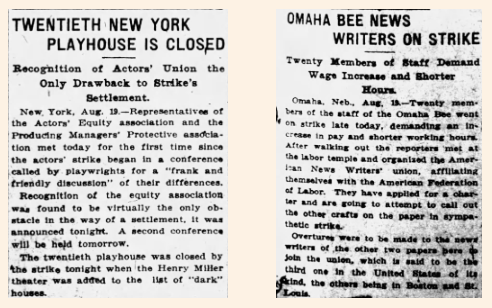
 HERITAGE- WE SAW THE BOOK OF MORMON LAST WEEKEND
HERITAGE- WE SAW THE BOOK OF MORMON LAST WEEKEND
While we are not member of the LDS Church, in the genealogy world you work with a lot of LDS members who are great people.
First of all the musical comedy is hilarious. However, I thought it could easily be viewed as offensive to members of the LDS. I wondered to myself if the musical had ever been performed in Salt Lake City. Sure enough it has ran there. While I know everyone in SLC isn’t a member of the LDS, I would think that if anywhere you could create some outrage, it would be in SLC.
2019: SALT LAKE CITY — This week, the Broadway musical that skewered The Church of Jesus Christ of Latter-day Saints on its way to nine Tony Awards opens for the third time blocks from Temple Square and the church’s headquarters.
The musical is well-documented as being irreverent, vulgar, and profane. In addition to sexual dialogue and explicit language, including one song title with an English translation that can’t be printed in a mainstream newspaper, “The Book of Mormon” plays its targeted faith for laughs. In the years since the musical opened on Broadway in 2011, some commentary has addressed the appropriateness of lampooning religion and culture in such a manner. “The Book of Mormon” has received overwhelming acclaim from audiences and critics.
After opening on Broadway in 2011, “The Book of Mormon” became a hit, winning nine Tony Awards, including Best Musical, Best Score, Best Book, and Best Direction. The show was nominated for 14 total Tonys.
Since the opening of “The Book of Mormon,” many theater critics have been effusive in their praise of the Broadway and touring productions, lauding both its qualities as a musical and how it treats subjects that some hold sacred.
In March 2011, Ben Brantley of The New York Times raved about the new show, saying it achieved “something like a miracle” as a quality book musical with its “eminently hummable melodies.” In August 2014, Brantley reviewed the production again, praising “The Book of Mormon” for its “enduring freshness” and comparing the experience to religious conversion.
And not everyone has embraced “The Book of Mormon.” In the years since the musical’s release, some have viewed its treatment of religion and Uganda as less than endearing.
BYU professor James Faulconer, himself a member of The Church of Jesus Christ of Latter-day Saints, wrote on patheos.com that because Latter-day Saints are members of a minority religion, “a playwright, comic, professor or politician can say nasty, inaccurate, crude or sarcastic things about Mormon beliefs and culture and get away with it.” Faulconer suggested that Latter-day Saints can fight unfair stereotypes and mocking by living lives that bless the world.
The Wall Street Journal’s Bret Stephens was equally exasperated in 2012. “So let’s get this straight: In the consensus view of modern American liberalism, it is hilarious to mock Mormons and Mormonism but outrageous to mock Muslims and Islam,” he wrote. “Why?”
“The details of Mormon theology are unfamiliar to most who are not a part of that faith,” Mahne wrote. “But the exaggerations and mocking of those beliefs are simply insulting. And the overriding attack on religious faith, in general, is blasphemously offensive.”
Max Perry Mueller, writing for the Harvard Divinity Bulletin, criticized the depiction of Uganda in “The Book of Mormon.” “By presenting Africans as beyond redemption, so devastated by war, AIDS, and depravation, ‘The Book of Mormon’ strips these Africans of any real agency, any real humanity,” Mueller wrote. “… Hope, religion and community cannot repair the nihilism inherent in this depiction of Africa.”
I could not find any indication that the play has been performed in Uganda.
 GENEALOGISTS ARE THANKFUL THAT THE LDS CHURCH BELIEVES IN BAPTIZING YOUR ANCESTORS SO YOU CAN KNOW YOUR HERITAGE
GENEALOGISTS ARE THANKFUL THAT THE LDS CHURCH BELIEVES IN BAPTIZING YOUR ANCESTORS SO YOU CAN KNOW YOUR HERITAGE
I believe that core belief drives the LDS’ mission of discovering, preserving, indexing, and distributing genealogical resources. The LDS continues to grow, and as they expand the diversity of their membership, that creates diversity in the ancestry of their members, thereby bringing resources to the non-LDS public that would be slow to be brought forth by governmental or private enterprise groups.
I explored further why baptizing ancestors is a core belief of the LDS faith.
Members of the LDS Church believe baptism is a prerequisite for entry into the kingdom of God, as stated by Jesus in John 3:5: “Except that a man be born of water and of the Spirit, he cannot enter into the kingdom of God” (KJV).
The LDS Church teaches that performing baptisms for the dead allows this saving ordinance to be offered to those who have died without accepting or knowing Jesus Christ or his teachings during their mortal lives. It is taught that this is the method by which all who have lived upon the earth will have the opportunity to receive baptism and to enter the Kingdom of God thereby.
The picture above is a baptismal font in the Salt Lake Temple, circa 1912, where baptisms for the dead are performed by proxy. The font rests on the backs of twelve oxen representing the Twelve Tribes of Israel.
I was interested to learn that as a part of these efforts, Latter-day Saints have performed temple ordinances on behalf of many high-profile people, including the Founding Fathers of the United States, U.S. Presidents, most Catholic popes, John Wesley, Christopher Columbus, Adolf Hitler, Joan of Arc, Genghis Khan, Joseph Stalin, and Gautama Buddha.
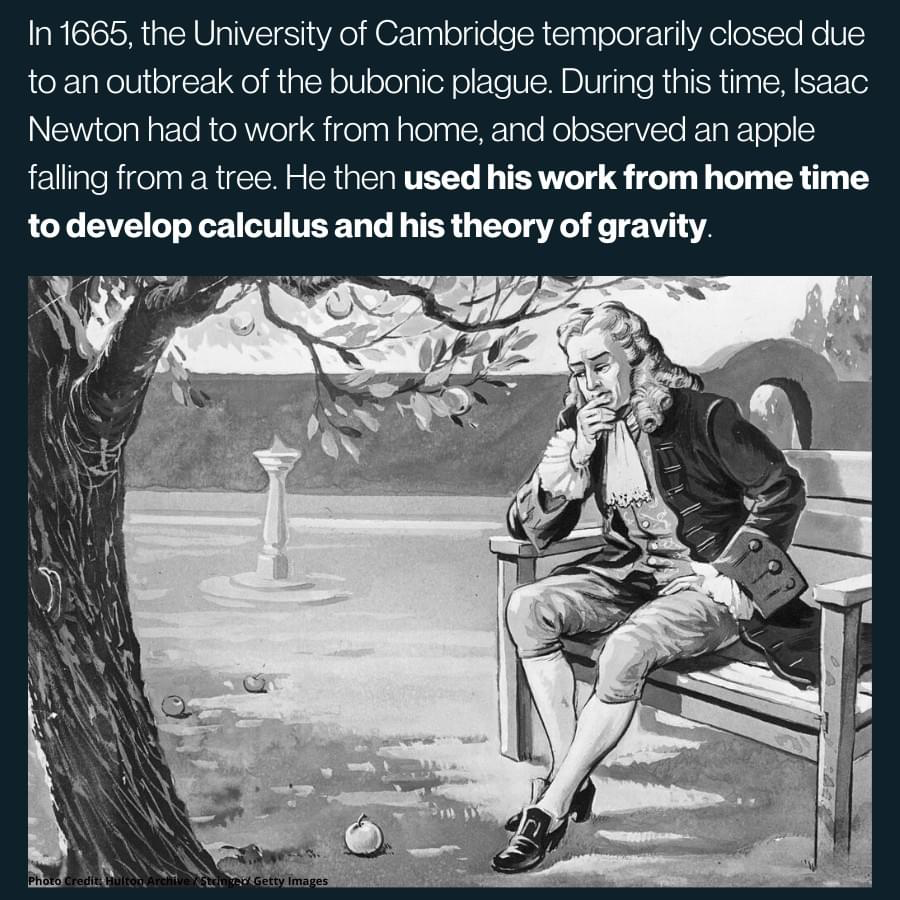
 HERITAGE- WHICH PRESIDENT HAD A POWERFUL SON-IN-LAW?
HERITAGE- WHICH PRESIDENT HAD A POWERFUL SON-IN-LAW?
William Gibbs McAdoo Jr. (October 31, 1863 – February 1, 1941) was an American lawyer and statesman. McAdoo was a leader of the Progressive movement and played a major role in the administration of his father-in-law, President Woodrow Wilson. A member of the Democratic Party, he also represented California in the United States Senate.
Born in Marietta, Georgia, McAdoo moved to Knoxville, Tennessee, in his youth and graduated from the University of Tennessee. He established a legal practice in Chattanooga, Tennessee, before moving to New York City in 1892. He gained fame as the president of the Hudson and Manhattan Railroad Company and served as the vice chairman of the Democratic National Committee. McAdoo worked on Wilson’s successful 1912 presidential campaign and served as the United States Secretary of the Treasury from 1913 to 1918. He married Wilson’s daughter, Eleanor, in 1914. McAdoo presided over establishing the Federal Reserve System and helped prevent an economic crisis after the outbreak of World War I. After the U.S. entered the war, McAdoo served as the Director General of Railroads. McAdoo left Wilson’s Cabinet in 1919, co-founding the law firm of McAdoo, Cotton & Franklin.
McAdoo sought the Democratic presidential nomination at the 1920 Democratic National Convention but was opposed by his father-in-law, President Woodrow Wilson, who hoped to be nominated for a third term. In 1922, McAdoo left his law firm and moved to California. He sought the Democratic presidential nomination again in 1924, but the 1924 Democratic National Convention nominated John W. Davis. He was elected to the Senate in 1932 but was defeated in his bid for a second term. McAdoo died of a heart attack in 1941 while traveling from the third inauguration of Franklin D. Roosevelt.
McAdoo is quoted as having said, “It is impossible to defeat an ignorant man in an argument.” And about Warren Harding, McAdoo said his public utterances were “an army of pompous phrases moving over the landscape in search of an idea.”
For the story on Warren Harding, see: https://gem.godaddy.com/p/aceae61/preview
 WHAT ABOUT YOUR ANCESTORS? LEARN ABOUT YOUR HERITAGE
WHAT ABOUT YOUR ANCESTORS? LEARN ABOUT YOUR HERITAGE
Reach out to Dancestors to research, discover, and preserve your family history. No one is getting any younger, and stories disappear from memory every year and eventually from our potential ability to find them. Paper gets thrown in the trash; books survive! So do not hesitate and call me @ 214-914-3598.


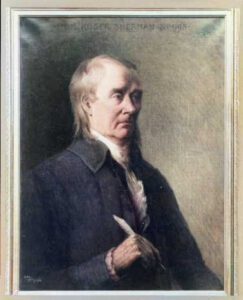 CONTINUING WITH THE HERITAGE OF THE SIGNERS OF THE DECLARATION AND THE CONSTITUTION
CONTINUING WITH THE HERITAGE OF THE SIGNERS OF THE DECLARATION AND THE CONSTITUTION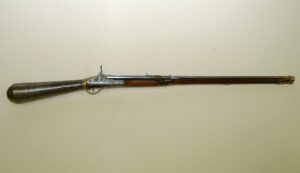 HERITAGE- WHAT TYPE OF RIFLE DID LEWIS AND CLARK USE?
HERITAGE- WHAT TYPE OF RIFLE DID LEWIS AND CLARK USE?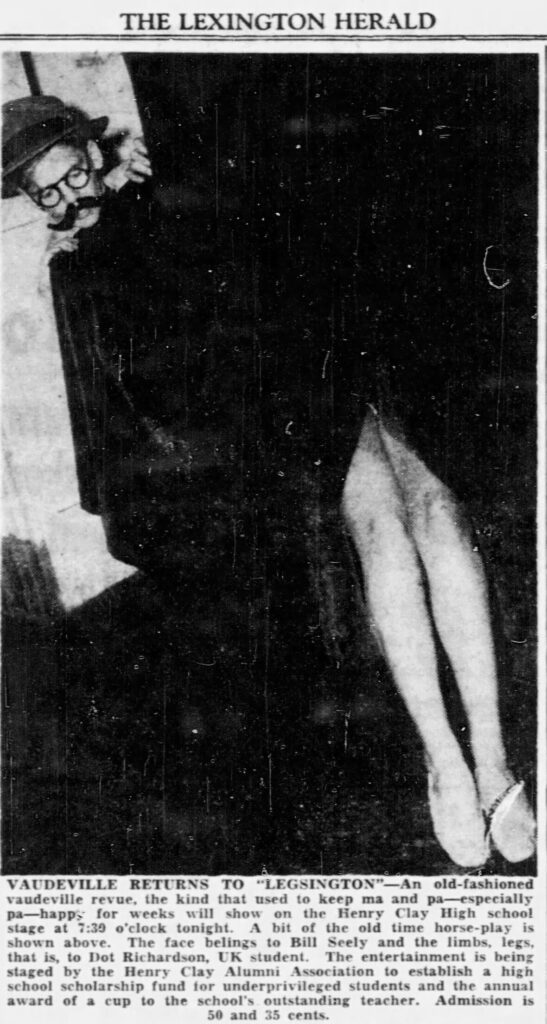 HERITAGE- A 1949 SCENE FROM A COLLEGE PRODUCTION AND BELOW ARTICLES FROM 1919 STRIKES
HERITAGE- A 1949 SCENE FROM A COLLEGE PRODUCTION AND BELOW ARTICLES FROM 1919 STRIKES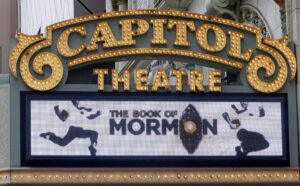 HERITAGE- WE SAW THE BOOK OF MORMON LAST WEEKEND
HERITAGE- WE SAW THE BOOK OF MORMON LAST WEEKEND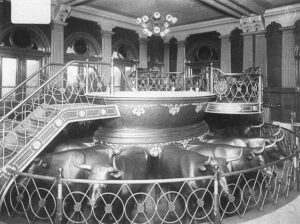 GENEALOGISTS ARE THANKFUL THAT THE LDS CHURCH BELIEVES IN BAPTIZING YOUR ANCESTORS SO YOU CAN KNOW YOUR HERITAGE
GENEALOGISTS ARE THANKFUL THAT THE LDS CHURCH BELIEVES IN BAPTIZING YOUR ANCESTORS SO YOU CAN KNOW YOUR HERITAGE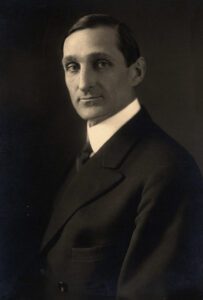 HERITAGE- WHICH PRESIDENT HAD A POWERFUL SON-IN-LAW?
HERITAGE- WHICH PRESIDENT HAD A POWERFUL SON-IN-LAW?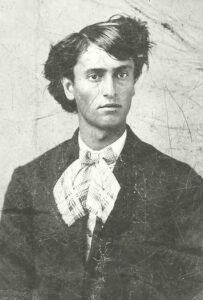 WHAT ABOUT YOUR ANCESTORS? LEARN ABOUT YOUR HERITAGE
WHAT ABOUT YOUR ANCESTORS? LEARN ABOUT YOUR HERITAGE